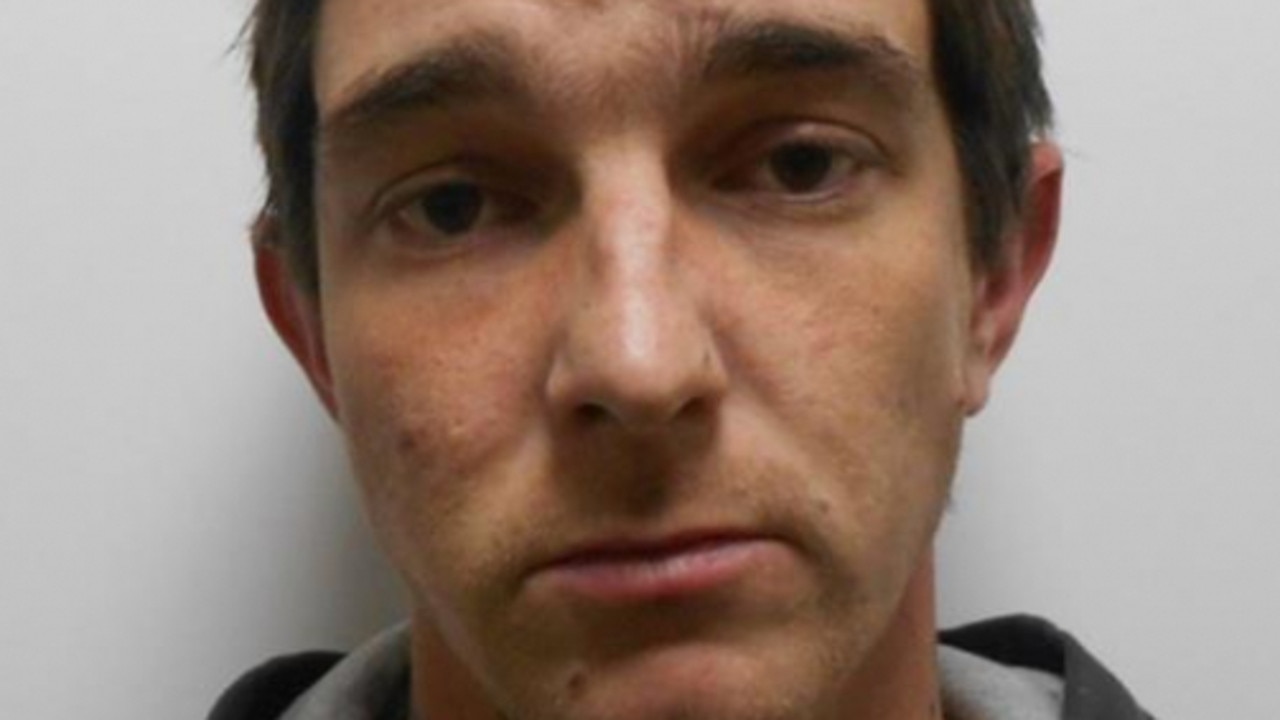How terrifying 2017 Brighton siege killer got parole despite risks
The Brighton siege gunman who took an escort hostage and killed a stranger before dying in police gunfire was on parole despite red flags, a court heard.
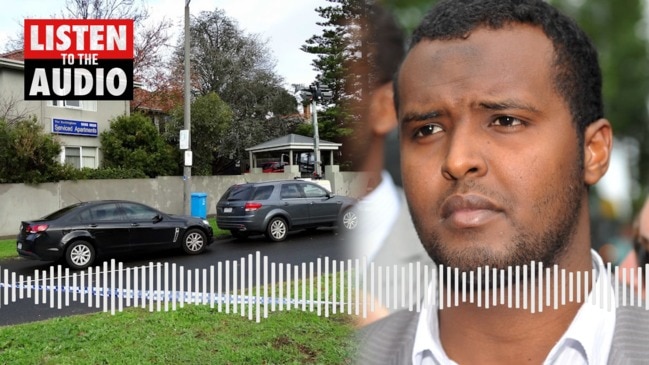
NewsWire
Don't miss out on the headlines from NewsWire. Followed categories will be added to My News.
The 2017 Brighton siege gunman was released on parole despite red flags in prison including that he would “probably” associate with convicted terrorists once out, a court has heard.
The Coroners Court of Victoria is investigating the lead-up, day and aftermath of June 5, 2017, when Yacqub Khayre killed a receptionist and took an escort hostage before dying in a shootout with police that also injured three officers.
He called Channel 7 news to say the attack was part of Al-Qaeda and claimed to Triple-0 he had planted a bomb at the serviced apartments where he had rented a room and then enacted his horror plan.
The 29-year-old was on parole, after four years and two months in jail for the offences of recklessly causing injury, intentionally causing injury, aggravated burglary and theft.
He was also in 2010 acquitted of a terrorism-related offence after being charged and found not guilty of financing East African extremist organisation Al-Shabab and planning an attack on the Holsworthy army barracks in NSW.
The court on Wednesday heard from Adult Parole Board operations general manager Anita Lis, who said Khayre was released on parole from December 14, 2016 — less than six months before the horror siege.
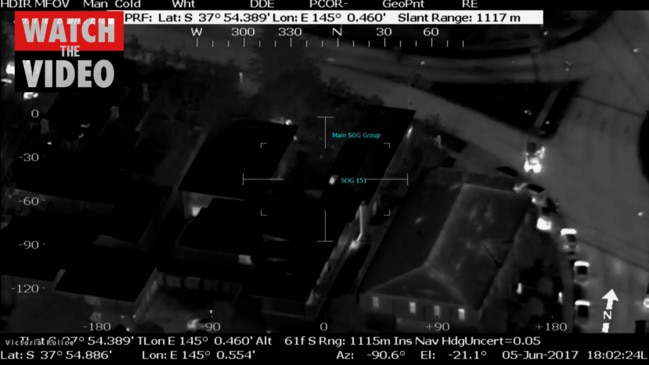
He was granted parole after several reports raising issues, the court heard in the statement read by Ms Lis and prepared by Adult Parole Board chief administrative officer Stuart Ward.
A justice system report from March 2015 told the parole board Khayre was “unsuitable” for parole, was at “high risk of reoffending” and displayed troubling behaviour in custody including starting three fires.
In response the parole board ordered he complete two behavioural change programs if he wanted to be considered for release.
A July 2016 behaviour change program report noted he had completed 52 sessions but displayed a “high risk of engaging in violent behaviours”.
In October 2016 the parole board received an intelligence report noting chances were “about even” that Khayre would associate with Middle Eastern crime gangs.
It found he would “probably” associate with convicted terrorists on release.
A November 2016 assessment report found he was a “serious violent offender with a high risk of general reoffending” but recommended parole be granted after Khayre went 21 months without incident in prison.
Khayre was released on parole in December 2016 after he completed drug and alcohol counselling and the anti-violence program.
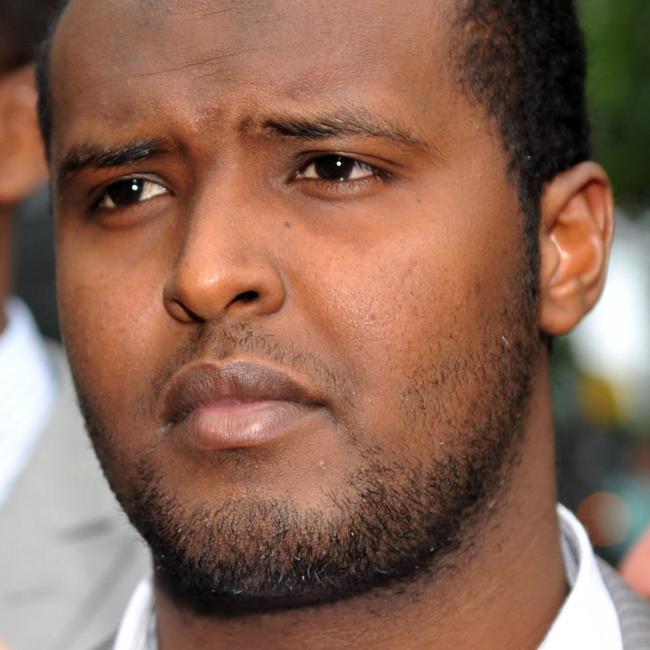
Six months later he killed a man, subjected a woman to a terrifying hostage situation and shot two police officers, injuring a third in crossfire, before he died in return fire.
He also cut his electronic monitoring ankle bracelet off during the siege, the court previously heard.
Ms Lis said there was “no information on that file” available to the parole board about his susceptibility to extremist ideology except for one reference to his risk of associating with convicted terrorists.
She said parole as a system helped “mitigate the risk to the community” of prisoners reoffending rather than releasing them without supervision, although it could not “eliminate” prisoners committing further crimes upon release.
The court previously heard that in the weeks leading up to the siege Khayre had googled material relating to ISIS, martyrdom on the battlefield, the 2014 Lindt cafe siege in Sydney, terror attacks in Paris and London, and Australian police tactics when responding to an act of terror.
His shooting victim, Kai Hao — also known as Nick — was 36 and had only been married for two months.
His mother told the court Mr Hao was born during China’s one child policy and was beloved by his parents.
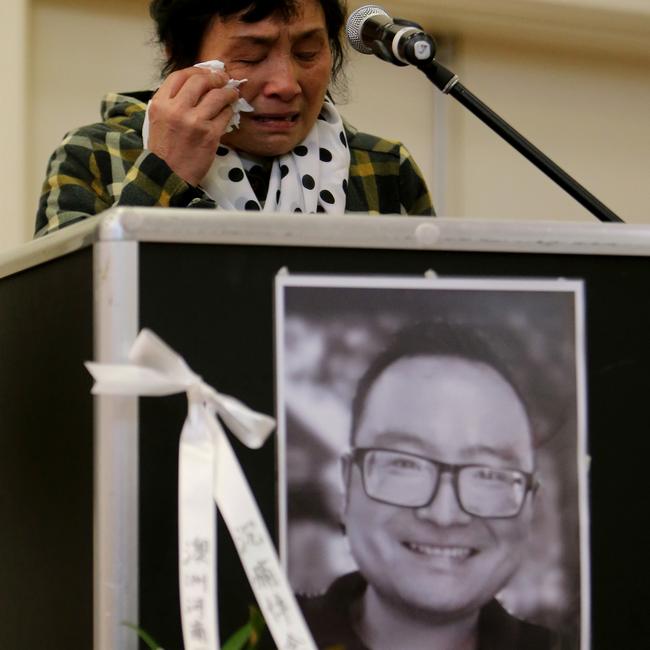
“We have devoted all of our loving care and efforts to this child,” she said.
“He was like the whole sky to us.”
His wife told the court, “We both felt that we have finally found the most important person in our life”.
“It is impossible for me to forget him,” she said.
Mr Hao had been working as a receptionist at Buckingham Serviced Apartments in Brighton, Khayre’s chosen location for the siege, while looking for a job in his chosen field which had been rocked by the financial crisis.
He moved to Australia to study in 2002 and became a citizen, eventually bringing his parents over to Melbourne to live with him.
The inquest continues on Friday.
Originally published as How terrifying 2017 Brighton siege killer got parole despite risks



